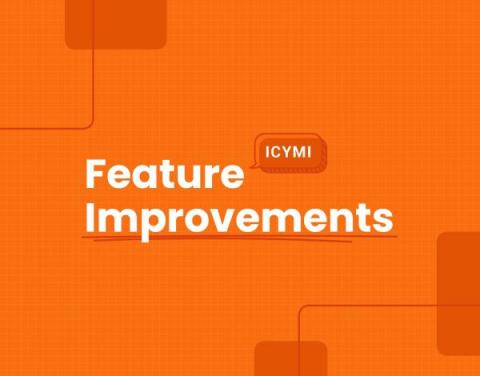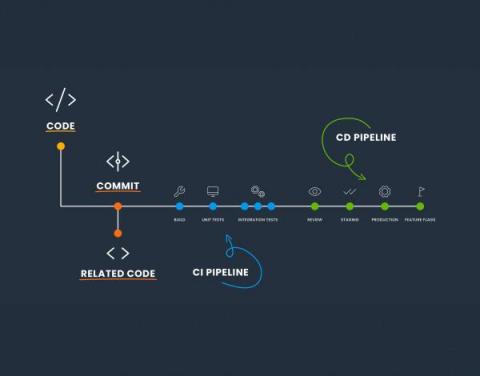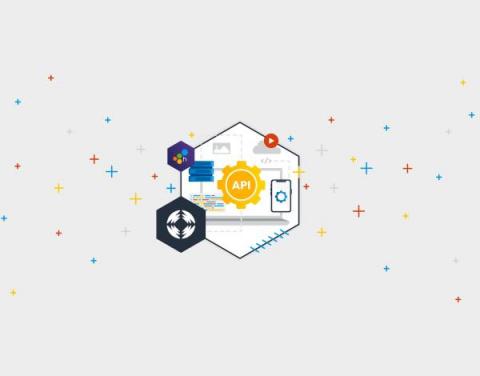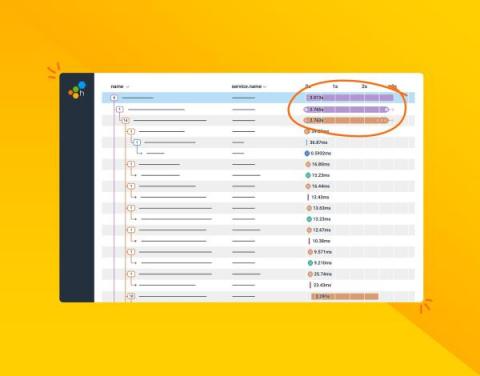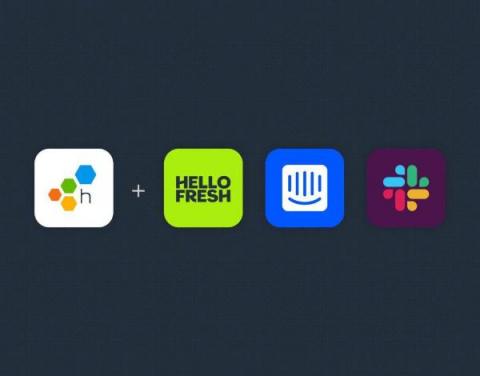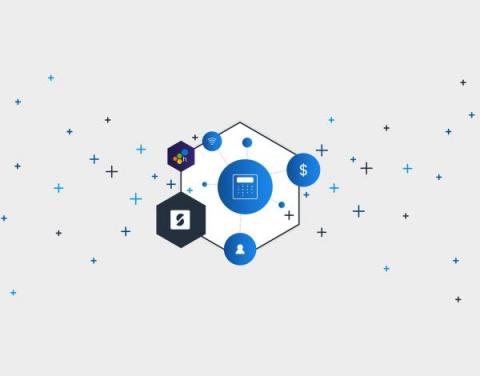Operations | Monitoring | ITSM | DevOps | Cloud
Honeycomb
How We Define SRE Work, as a Team
Last year, I wrote How We Define SRE Work. This article described how I came up with the charter for the SRE team, which we bootstrapped right around then. It’s been a while. The SRE team is now four engineers and a manager. We are involved in all sorts of things across the organization, across all sorts of spheres. We are embedded in teams and we handle training, vendor management, capacity planning, cluster updates, tooling, and so on.
Feature Focus: Winter Edition
It’s been a minute since our last Feature Focus, and we have a bit of catching up to do! I’m happy to report we’ll resume monthly updates next month, but until then, please enjoy this super-sized winter digest of what we’ve been up to at Honeycomb.
Deploys Are the WRONG Way to Change User Experience
I'm no stranger to ranting about deploys. But there's one thing I haven't sufficiently ranted about yet, which is this: Deploying software is a terrible, horrible, no good, very bad way to go about the process of changing user-facing code. It sucks even if you have excellent, fast, fully automated deploys (which most of you do not). Relying on deploys to change user experience is a problem because it fundamentally confuses and scrambles up two very different actions: Deploys and releases.
How Coveo Reduced User Latency and Mean Time to Resolution with Honeycomb Observability
When you’re just getting started with observability, a proof of concept (POC) can be exactly what you need to see the positive impact of this shift right away. Coveo, an intelligent search platform that uses AI to personalize customer interactions, used a successful POC to jumpstart its Honeycomb observability journey—which has grown to include 10,000+ machine learning models in production at any one time. Wondering how Coveo got there? So were we.
Caring for Complex Systems: We Can Do This
When we work at it, professionals are pretty good at analysis. We can break down a simple system, look at its parts and their relations, and master it. Given enough time and teammates, we can analyze a very complicated system and fix it when it breaks. But complex systems don’t yield to analysis. We have to add another skill: sense-making. Complex systems have parts that learn and change, with relations that vary with state and history. They respond to and influence their environment.
Understanding Distributed Tracing with a Message Bus
So you're used to debugging systems using a distributed trace, but your system is about to introduce a message queue—and that will work the same… right? Unfortunately, in a lot of implementations, this isn't the case. In this post, we'll talk about trace propagation (manual and OpenTelemetry), W3C tracing, and also where a trace might start and finish.
How 3 Companies Implemented Distributed Tracing for Better Insight into Their Systems
Distributed tracing enables you to monitor and observe requests as they flow through your distributed systems to understand whether these requests are behaving properly. You can compare tiny differences between multiple traces coming through your microservices-based applications every day to pinpoint areas that are affecting performance. As a result, debugging and troubleshooting are simpler and faster.
How CCP Games Used Honeycomb to Modernize and Migrate its Codebase
Imagine a universe in which a massively multiplayer online role-playing game (MMORPG) sets Guinness World Records for the size of its online space battles—and that game is built on 20-year-old code. Well, imagine no more. Welcome to the world of EVE Online, where hundreds of thousands of players interact across 7,800+ star systems and participate in more than one million daily market transactions.
SumUp Uses Honeycomb to Improve Service Quality and Strengthen Customer Loyalty
Growing pains can be a natural consequence of meteoric success. We were reminded of that in our recent panel discussion with SumUp’s observability engineering lead, Blake Irvin, and senior software engineer Matouš Dzivjak. They shared how SumUp’s rapid growth spurt compelled them to change their resolution process—both logistically and culturally—to ensure a service level quality that reflects their customer obsession.




